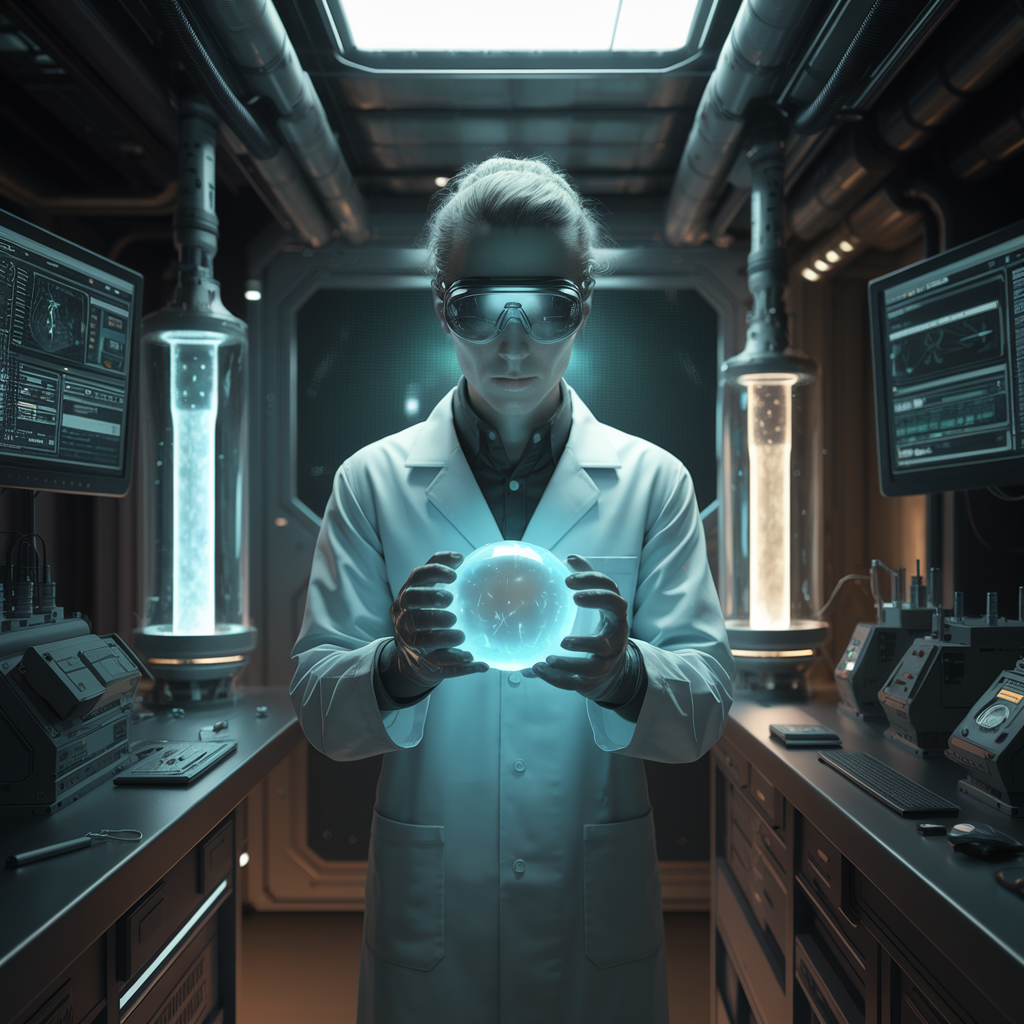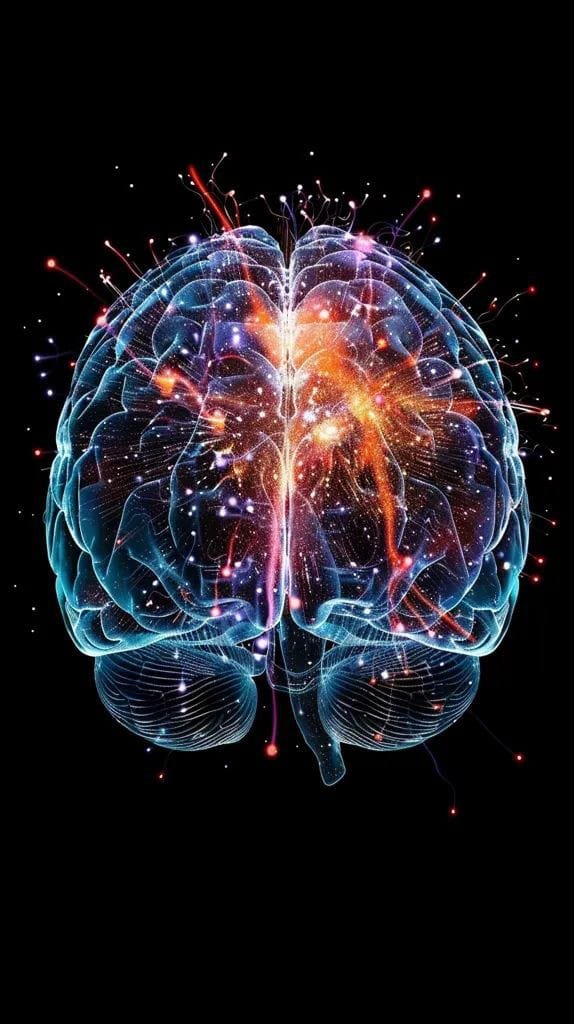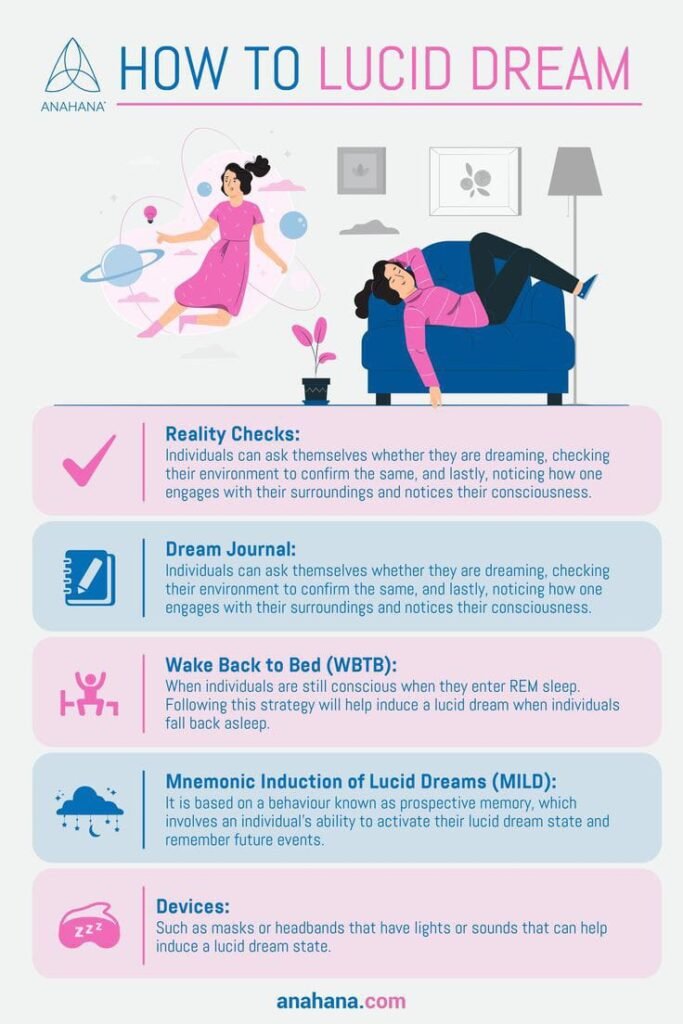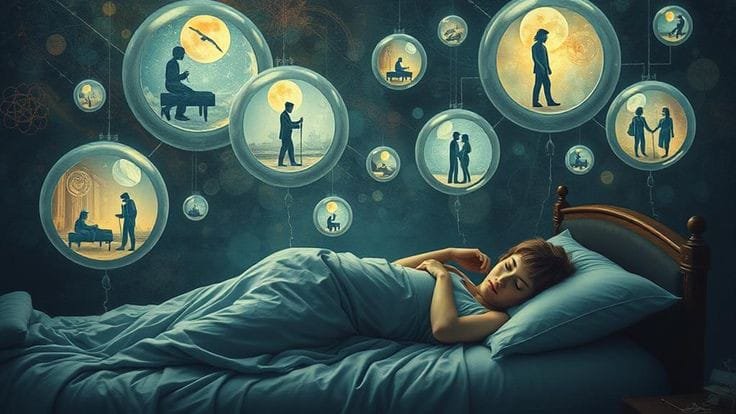Discover the latest scientific discoveries about dreams in 2024! From REM sleep and neural activity to lucid dreaming and dream interpretation, discover the mystery of what dreams mean. Learn how neuroscience, psychology, and emerging technology are reshaping our understanding of the unconscious mind. Learn why we dream, what our dreams reveal about our emotions, and how innovations like sleep tracking, AI, and dream recording are providing new insights into our nightly experiences. This blog delves into the fascinating world of dreams, exploring their role in memory consolidation, emotional processing, and problem-solving. Whether your interests lie in recurring dreams, lucid dreaming, or the future of dream research, this guide offers a deep dive into the science behind one of the most intriguing aspects of human experience.

The Science of Dreams: What Do Your Dreams Really Mean in 2024?
Dreams have puzzled humankind for a couple of centuries. From the earliest Egyptians who believed that dreams meant messages from the gods down to the more recent theories of Freud about the subconscious mind, human beings have, throughout history, always attempted to understand what happens when minds are at rest. As much as centuries have spent studying and speculating in this regard, however, the full understanding of what dreams mean remains elusive still. And this is 2024; still, recent advances in neuroscience, psychology, and technology are bringing us nearer to unraveling the mystery of what dreams really mean-and what they might tell us about our waking lives. Read on to find some recent scientific insights into dreams’ natures, what one might learn from them, and what new technology is in to help us better grasp an age-old phenomenon that no longer remains a mystery or unexplained.

What’s going on in your brain as you dream?
In our dreams, we always come back to the activity that we call sleep, in particular, to that state of sleep that we name REM. It is that phase when the brain goes through a series of memories and emotional experiences as well as what is going on outside, even though our bodies do not move at all, which is similar to that state when we are awake; most of our bright dreaming happens then.
1. Neuroscience and REM Sleep: The development of dreams is believed to be linked with REM sleep. At REM, the amygdala of the brain dealing with emotional activity goes frenzied, while the prefrontal cortex in charge of logical thought and judgment goes to sleep. That paradox opens a possibility: our dreams can be emotional and nonsensical but as real and relevant. The reason dreams can be so illogical, jumping from one scenario to another without coherence or reason, is because of the lack of activity of the prefrontal cortex.
In contrast to the cerebral cortex and related association neurons, the hippocampus-also involved in consolidation-was thought to aid consolidation. During dreaming, there is an active working, sifting through emotions and thoughts, organizing material later, for recall. Partly why dreams seem to piece bits of everyday life in them is because of fragmentation-blending symbolic representations to their deeper psychological processes, others conjecture.
2. Neurochemistry of Dreams: Brain chemistry also plays a part in how dreams are manufactured because besides the activity of the brain, chemicals in the brain too determine how dreams come up. Neurotransmitters that contain acetylcholine are necessary for REM sleep and peak at night for thisreason, resulting in the vivid, emotional type of dreams. Serotonin and dopamine are said to be responsible for the moods of the dreams; if the dopamine is on a higher level, perhaps one will have pleasant dreams; if it’s less, then one would feel worse or have nightmares.

What Do Dreams Mean? Theories and Interpretations
For years, humankind has tried to decipher what the dreams mean. Freud argued famously that dreams represent repressed desires and unconscious thoughts in a manner whereby conflict remains unresolved. Of course, his theories are as brilliant as they were groundbreaking then; however, in contemporary psychology and neuroscience, people can understand better the dreams and their meaning today.
1. Psychological Theory: Contemporary psychologists believe that dreams provide access to our unconscious feelings, thoughts, and experiences. Recent renewed interest in the concept of the “collective unconscious” and archetypes by Carl Jung revived this thought. Jung believed that dreams could reveal some universal patterns of behavior or deep psychological truths across cultures and time. This belief stipulates that similar recurring dream symbols such as flying, falling or being chased reflect some essential patterns of human emotions and psychology.
2. Dreams as a way of resolving problems: The second theory promulgated by modern cognitive psychology holds that dreams serve as a means of finding solutions. According to the theory, the brain applies dreaming to try and filter out those unresolved issues or stressors which build up during the day. Were one to dream, for example, that they are going to miss an important meeting, that dream would illustrate anxiety and pressure mounting during waking life at certain points in time. This theory argues that the brain is constructing probable solutions to problems through dreaming when it recalls the challenges through dreams. In this respect, dreams can help us come to terms with emotions and deal with conflicts unresolved in waking life.
3. Activation-Synthesis Hypothesis: The activation-synthesis hypothesis, developed by researchers Allan Hobson and Robert McCarley in the 1970s, is yet another view on the issue. According to this theory, dreams carry no meaning in themselves but rather represent the brain’s attempt to link meaningless electrical signals that appear during REM. Random neural firings, particularly those linked with memories or emotions, are linked together by the brain into a narrative that we experience as a dream. Although it contradicts the idea that dreams are a vehicle of depth psychological meaning, this theory does not deny the fact that our brain processing of emotions and memories will still have significant psychological importance.
4. Dreams as Memory Consolidation: Another research supports the idea that dreams may be fundamental for memory consolidation. The brain organizes and consolidates memories from the day in sleep, and dreams may also play a role in that process. Some scientists hypothesize that dreams are part of how we take new information and fit it into old memory, making sense of our experiences and learning from them. This idea has some support from studies where people tend to dream about topics or problems they focused on during the day.

Role of Lucid Dreaming: Control Your Dreams?
One of the exciting developments in dream research has been the growing interest in lucid dreaming: being aware that you are dreaming while still inside the dream. In a lucid dream, it is sometimes possible to take control of the content of the dreams at will, such as the ability to fly or control the story.
Lucid dreaming, although regarded as a rare activity in the past, is relatively more studied and practiced nowadays. Research has proven that the prefrontal cortex has increased activity among lucid dreamers, which could explain the reasons behind the higher self-awareness in such dreams. Techniques such as reality testing, mnemonic induction, and even brainwave technology like neurofeedback help people achieve greater control over their dreams, both psychological and therapeutic.
Lucid dreaming even has even been researched in the case of a therapeutic aid. The ability to maintain control may be a secure place from which nightmares can be battled and worked with, leaving them less of a norm and less virulent within the nightmares suffered by victims of PTSD and nightmares alike. Lucid dreaming methods are now being adapted into specific therapies to administer to their patients who can’t stop living with active trauma within their lives.

Dreams in the Information Age: Can Technology Help Improve Understanding of Dreams?
The development of technology and its application is paving ways for changes in the way we study and understand dreams. In this contemporary era, various dream research technologies are emerging, offering a scientific way to understand our sleep and dream states.
1. Sleep tracking devices: smartwatches and sleep trackers monitor stages of sleep, from even registering when we enter REM sleep. These are already used in terms of data collection on sleeping patterns and how certain factors, such as stress or diet, influence the dreams.
2. Recording Dreams: Perhaps the most exciting innovation within dream research is recording. Scientists have only recently become able to use the new approaches of brain scanning, in the form of fMRI and EEG, to decode brain activity at times when dreaming occurs. While we cannot yet tape dreams in such a manner that they can be replayed in real time, researchers can now identify patterns of neural activity associated with certain states of dreaming. This could eventually allow for the reconstruction of visual images from our dreams-an intriguing prospect for both dream analysis and entertainment.
3. Artificial Intelligence and Dreams: Now, even dreams are being deciphered using artificial intelligence. By natural language processing, AI is learned to analyze the content of dreams, discover repeating patterns, and present insights about their psychological value. A large set of data regarding dreams can be processed by AI to help unearth trends of how different people dream that will be priceless insights into the emotional and psychological well-being of the dreamers.

Conclusion: The Enigma of Dreams That Has Yet Not Unraveled Till Date
Much progress has been made into knowing what science is behind dreaming, yet one thing that continues to remain mystifying is if dreams have any actual meaning. This year 2024 is one where, with the new neurosciences, psychologies, and emerging technologies have peeled away some of the mystery from our dreams. We also know that the chemistry in our brains, the processing of the memory itself, and emotional states have all impacts on our dreaming. In an abstract sense, they are there to make our memories stick, alleviate our fears, and unveil innermost thoughts.
Still, the function and meaning of dreams are still up for grabs despite the tremendous amount of research in the field of dreaming. Whether they are just random electrical signals, deep reflections of our unconscious mind, or just a way that the brain is organizing its memories, dreams continue to captivate us. And as technology keeps advancing, perhaps we’ll finally be able to get closer to understanding the deepest recesses of our subconscious mind. But for now, the mystery of dreams remains an ongoing journey—a realm where science, art, and the human imagination all collide.
The next time you wake up from some dream, do remember that while it is disputable about what you have dreamt, dreaming is one of the profundities of human life.





















+ There are no comments
Add yours